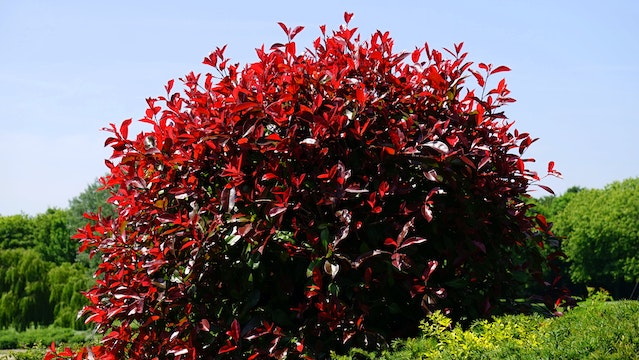Overview
Garden tillers are invaluable tools that help prepare the soil for planting by breaking it up, removing weeds, and improving overall soil quality. Whether you have a small backyard garden or a larger plot of land, choosing the right garden tiller can significantly simplify your gardening tasks. In this article, we will provide an overview of garden tillers, guide you on how to choose the best one for your needs, discuss different types of tillers available, explain how to use them effectively, and conclude with some final thoughts to help you make an informed decision.
How to Choose the Best Garden Tillers
Consider Your Garden Size and Soil Type:
Assess the size of your garden or the area you plan to till. If you have a small or medium-sized garden, a lightweight and maneuverable tiller, such as a mini-cultivator or electric tiller, may be suitable. For larger areas or tougher soil, a more powerful and robust tiller, like a rear-tine or front-tine tiller, might be necessary.
Evaluate your soil type. If you have compacted or clay soil, a tiller with strong tines or a powerful engine will be better equipped to handle the task.

Determine the Tilling Depth and Width:
Consider the depth and width of tilling you require. Different tillers offer varying tilling depths and widths. If you need to till deep or wide areas, choose a tiller that can accommodate your specific needs.
Power Source:
Decide whether you prefer a gas-powered, electric, or manual tiller.
Gas-powered tillers are typically more powerful and suitable for larger gardens, but they require regular maintenance and produce emissions.
Electric tillers are quieter, easier to maintain, and environmentally friendly. They are suitable for smaller gardens.
Manual tillers, such as hand cultivators or garden forks, are suitable for small plots or areas where precision and minimal soil disruption are desired.
Maneuverability and Ease of Use:
Consider the weight, size, and maneuverability of the tiller. Ensure it is comfortable for you to handle and can navigate around obstacles in your garden.
Look for user-friendly features such as adjustable handles, ergonomic grips, and easy-start mechanisms.
Types of Tillers
Front-Tine Tillers:
Front-tine tillers have the tines located in front of the wheels. They are versatile and suitable for small to medium-sized gardens.
They are typically lighter and easier to maneuver than other types of tillers, making them ideal for tight spaces and working around existing plants.
Rear-Tine Tillers:
Rear-tine tillers are more powerful and designed for larger gardens or tough soil conditions.
They feature tines located behind the wheels and often offer counter-rotating or dual-rotating tines, providing increased digging power and stability.
Mini-Cultivators:
Mini-cultivators, also known as mini-tillers or garden cultivators, are lightweight and compact.
They are perfect for small gardens, raised beds, or narrow spaces. They are easy to handle and maneuver, making them suitable for beginners or those with limited physical strength.
How to Use Tillers
Prepare the Area:
- Clear the area of any large rocks, debris, or weeds. Mark any underground utility lines to avoid damaging them during tilling.
Adjust the Tilling Depth and Width:
- Set the desired tilling depth and width according to your specific requirements.
Start the Tiller:
- Follow the manufacturer’s instructions for starting the tiller, whether it is gas-powered or electric.
Tilling Technique:
- Walk steadily and in a straight line while operating the tiller.
- Allow the tiller to do the work and avoid applying excessive force. Let the machine’s weight and tines dig into the soil naturally.
- Overlapping the tilling passes will ensure complete coverage and a uniformly tilled area.
Conclusion
Selecting the best garden tiller depends on the size of your garden, soil type, tilling depth and width requirements, power source preference, and maneuverability. Front-tine tillers are suitable for smaller gardens, while rear-tine tillers offer more power for larger areas. Mini-cultivators are perfect for compact spaces. Always follow the manufacturer’s instructions and practice safety precautions when operating a tiller.
By choosing the right garden tiller and using it correctly, you can save time and effort while achieving well-prepared soil for successful gardening. Happy tilling!




